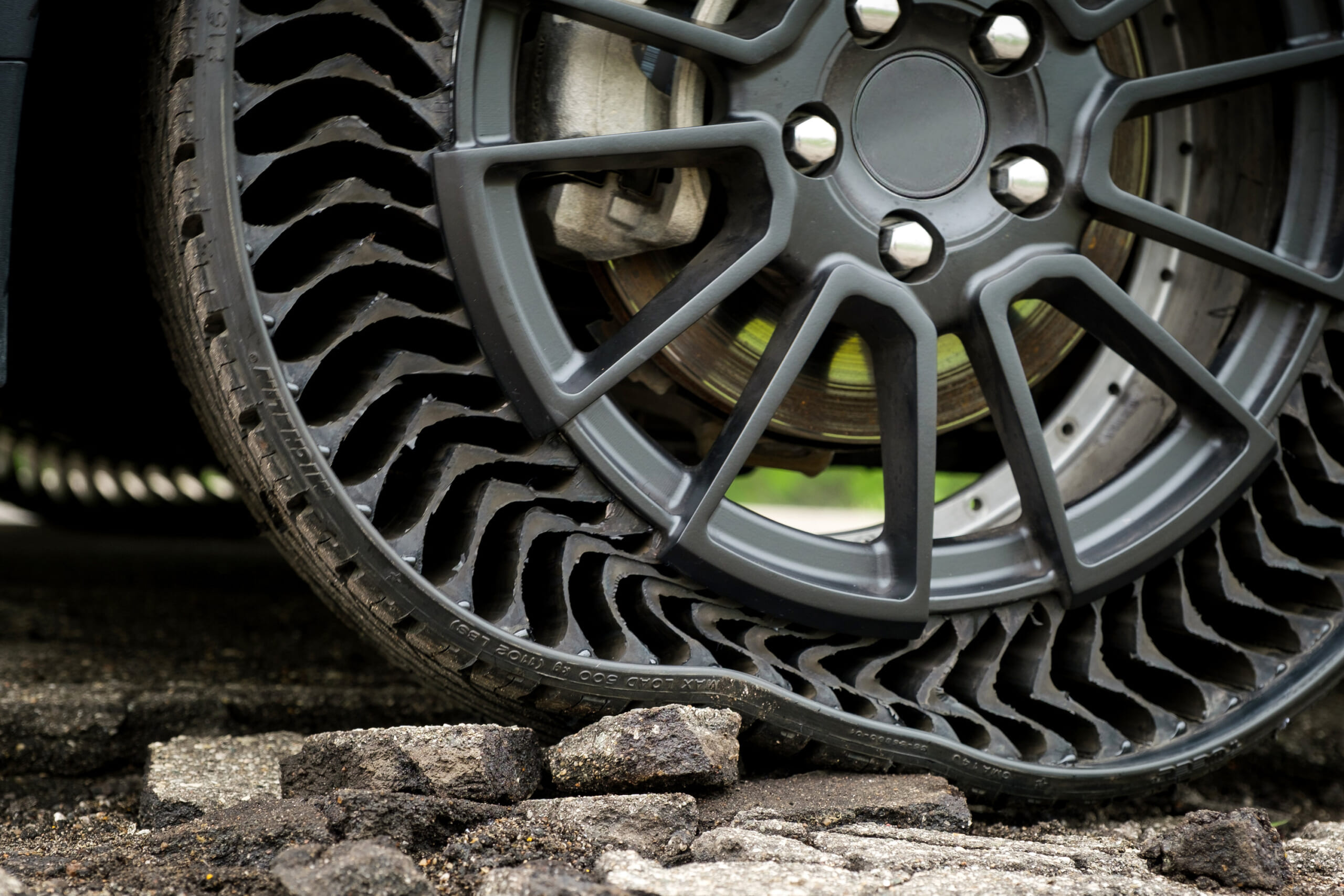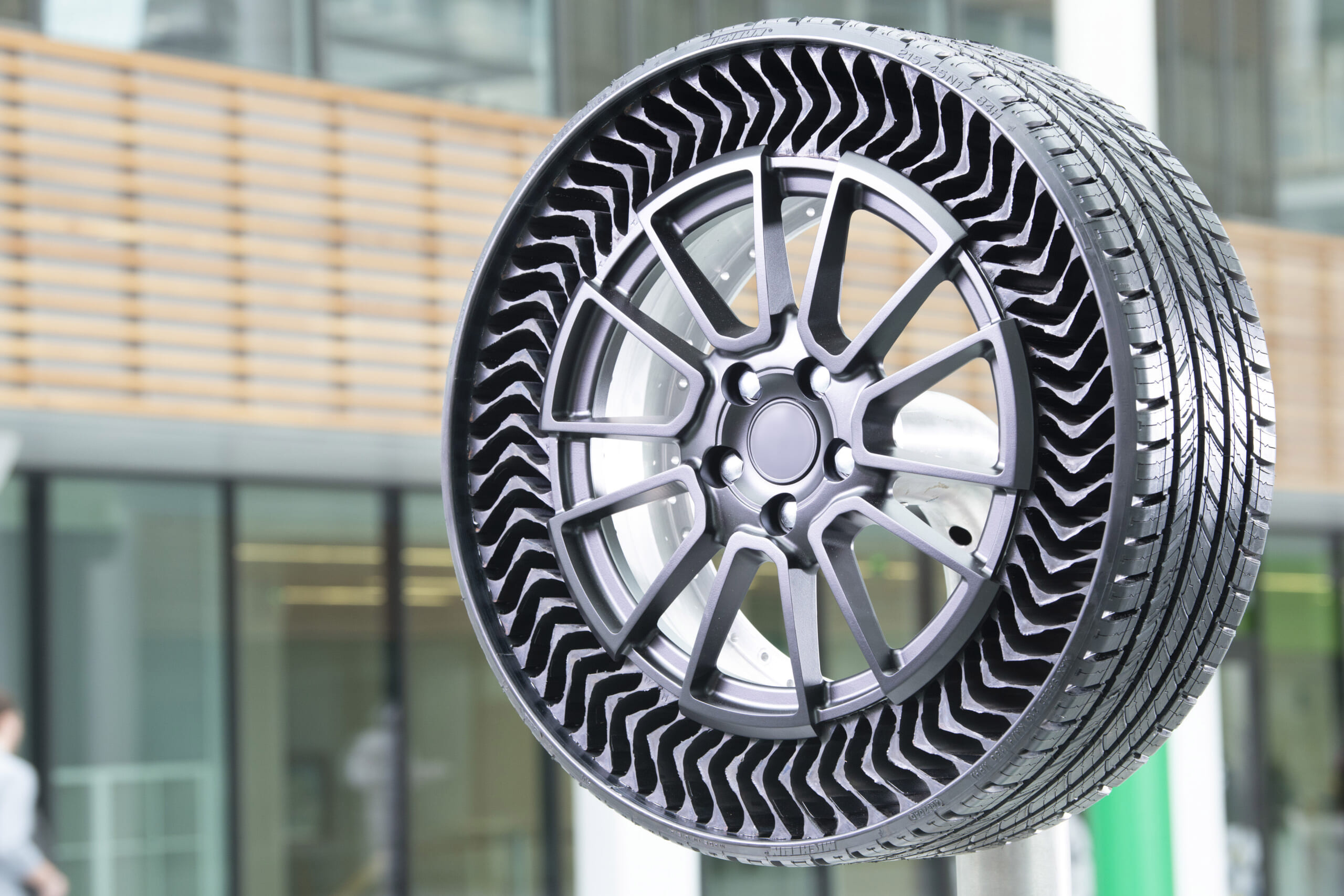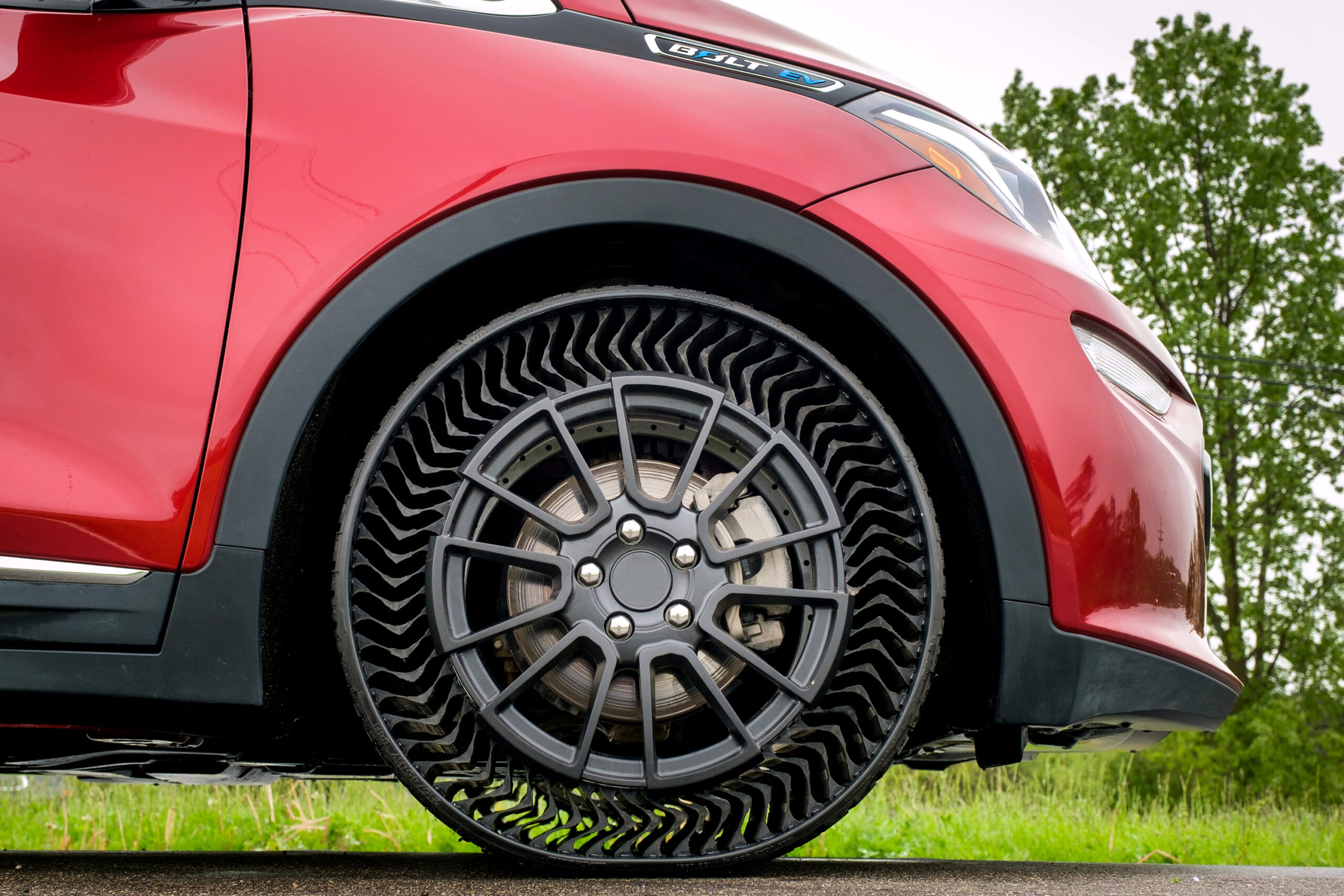 Albrecht Dürer, Hand with Book (study for Christ Among the Doctors), ca. 1506, watercolor and gouache on blue paper, 7 1⁄2 × 9 7⁄8".
Albrecht Dürer, Hand with Book (study for Christ Among the Doctors), ca. 1506, watercolor and gouache on blue paper, 7 1⁄2 × 9 7⁄8".DONALD JUDD HEWED TO the same work schedule wherever he went: drawing every morning, reading every afternoon, be it in New York, Texas, or Switzerland. “There was no studio,” one of Judd’s assistants recalled. “Nothing existed. There was no material. . . . It was all in his head.” The late art of the peripatetic Albrecht Dürer (1471–1528) shares Judd’s enthrallment with routine, space, and seriality. It, too, arose from a career spent venturing, as Dürer’s sixteenth-century contemporaries remarked, “here and there [hin vnd vider].” A printmaker who traveled incessantly, Dürer exploded the idea of visual art as a site-rooted craft. His multiples are still crossing the globe centuries after his death (Judd owned at least two Dürer woodcuts). Both artists made drawings on the road and kept scrupulous, even tedious, diaries. Such items hinge the once-in-a-lifetime Dürer exhibition on view through February 27 at the National Gallery in London. The drawings and paintings on display sing with even more strangeness after months of travel-poor pandemic lockdown.
 Albrecht Dürer, Head of a Walrus, 1521, pen, ink, and watercolor on paper, 8 1⁄4 × 12 1⁄4".
Albrecht Dürer, Head of a Walrus, 1521, pen, ink, and watercolor on paper, 8 1⁄4 × 12 1⁄4".Dürer was born in 1471 in Nuremberg, the sacred capital of the Holy Roman Empire. He trained as a goldsmith under his father, Albrecht the Elder, and in 1486 he entered the print workshop of Michael Wohlgemut. He traveled throughout Alsace and Franconia as a journeyman until June 1494. Aged twenty-three, he then returned to Nuremberg and married one Agnes Frey, daughter of a local noble, for a dowry of two hundred florins. Three weeks later, he set off for Venice to sell prints and was back in Nuremberg by December. Dürer then began a decade of study, production, and social networking, culminating in a trip to Venice from 1505 to 1507, where he was by turns feted, pitied, and envied by local artists, producing large-scale altarpieces and collecting books and gems for his lifelong friend Willibald Pirckheimer. He wrote often to the latter of his willingness, but also reluctance, to fit in: He dines at a fish restaurant, searches among the booksellers for Greek publications, attends dance lessons (and detests them). By 1512, the Holy Roman emperor Maximilian I had become Dürer’s official patron. Upon Maximilian’s death in 1520, Dürer traveled to the Netherlands, visiting Antwerp, Bruges, and Zeeland, all the while keeping a ledger, selling his prints, and making ink and silverpoint drawings of people, landscapes, and animals. He seems to have viewed New World artifacts in Brussels (an Aztec shield and gold weaponry, for example), and the same year wrote a letter confessing Lutheran sympathies to a patron, Nicolaus Kratzer. Dürer published a treatise on perspective in 1525 and engraved a portrait of Erasmus in 1526. He died an extremely rich man in Nuremberg in 1528, aged fifty-six, possibly of malaria contracted abroad.
 Albrecht Dürer, Portrait of Erasmus, 1526, engraving, 9 3⁄4 × 7 5⁄8".
Albrecht Dürer, Portrait of Erasmus, 1526, engraving, 9 3⁄4 × 7 5⁄8".DÜRER’S TRAVELS WERE EXCEPTIONAL, and not only geographical. He also jumped from medium to medium (painting, woodcut, engraving, prose), and sheets from his travels almost echo the kinetics of a dance. Magpie-like, he seemed to pick up on whatever localisms he encountered, in terms of design, facture, and material. In Venice, for example, he executed drawings on blue paper, mostly in brush and ink heightened with white. Many are studies for hands, with Dürer modeling his own digits and palms pointing, clutching, and signing. He wielded a mirror for some compositions. The blue paper, a Venetian specialty, functioned differently from the cream sheets most Northern Europeans used; the chalky hue of the matrix permitted a dissolution of line. In two sketches of hands holding a book, the black-and-white orthogonals of the folio edges fade gently into the background, much as they might in a painting. In one, the surface density surges around the fingers and fades around the depicted book’s lower half. In the other, fingers rest atop a binding, casting shadows upon one another. This is paper describing bound paper, marked and used by hands.
Dürer, like Leonardo, wrote and imaged moving bodies, water, and limbs, while traveling himself and sending (and receiving) art from distant places.
Renaissance polemicists drew connections between kinesis and voyaging. Dürer, like Leonardo, wrote and imaged moving bodies, water, and limbs, while traveling himself and sending (and receiving) art from distant places. Leaves from silverpoint sketchbooks, now scattered across collections from Chantilly to Berlin, were the unquestionable stars of the Suermondt-Ludwig-Museum iteration of the Dürer show in Aachen, Germany. Executed during the Netherlandish sojourn of 1520–21, the fragmentary Büchelin (Dürer’s word) were an amassment of limpid portraits rife, as Arnold Nesselrath points out in the German catalogue, with “spontaneous adjustments.” We see church walls in Bergen (Dürer was obsessed with bricks), mountains near Sankt Goar, dogs, lions, furniture, and portrait after portrait of sitters known and unknown. Among the leaves stands one of the first images of a Black woman in Western art, a twenty-year-old servant named Katharina, whom Dürer met in Antwerp. She appears in local dress, rendered in an unforgiving medium that Dürer had learned as a teenager. The immediacy of the portrait is jarring, out of time; Katharina looks demurely to her right, and Dürer’s lines explore her headdress. The artist was later to use the drawing as research for a sometimes problematic 1528 book on human bodies.
 Albrecht Dürer, Portrait of the 20-Year-Old Katharina, 1521, silverpoint on paper, 7 7⁄8 × 5 1⁄2".
Albrecht Dürer, Portrait of the 20-Year-Old Katharina, 1521, silverpoint on paper, 7 7⁄8 × 5 1⁄2".Much of the documentation in the shows concerns financial transactions. Dürer’s diaries tally expenses (he constantly gripes about bad food and tolls, about prices and taxes) and describe his time-consuming, dangerous, and expensive passages between cities and towns (largely on horseback or by ferry). Curiosity was a factor in these journeys, but the artist did not always travel willingly, freely, or richly; Dürer’s gift to megapatron Margaret of Austria, for example, was disastrously refused in 1521—a giant commission denied. But Dürer was invested always in material. Like Judd, he was, in fact, anything but all in his head. And Dürer’s practice, too, formed a set of performances that could be overseen in absentia, less a physical space than a network of very specific objects to barter, sell, or examine—if not yet preindustrial, then avowedly post-workshop. “A work only needs to be interesting,” Judd famously wrote. Dürer’s workplace, cognately, was wherever his art was, his “studio,” presciently, wherever he happened to be.
 Albrecht Dürer, Trento, Seen from the North, 1495, watercolor and gouache on paper, 9 3⁄8 × 14".
Albrecht Dürer, Trento, Seen from the North, 1495, watercolor and gouache on paper, 9 3⁄8 × 14".“Dürer’s Journeys: Travels of a Renaissance Artist” was curated by Susan Foister of the National Gallery, London, and Peter van den Brink of the Suermondt-Ludwig-Museum, Aachen, Germany, where it was on view as “Dürer War Hier,” July 18–October 24, 2021. It is on view at the National Gallery through February 27.
Christopher P. Heuer is professor of art and architecture at the University of Rochester, New York.












